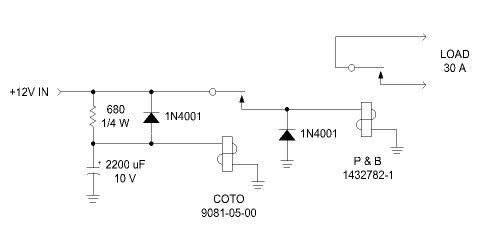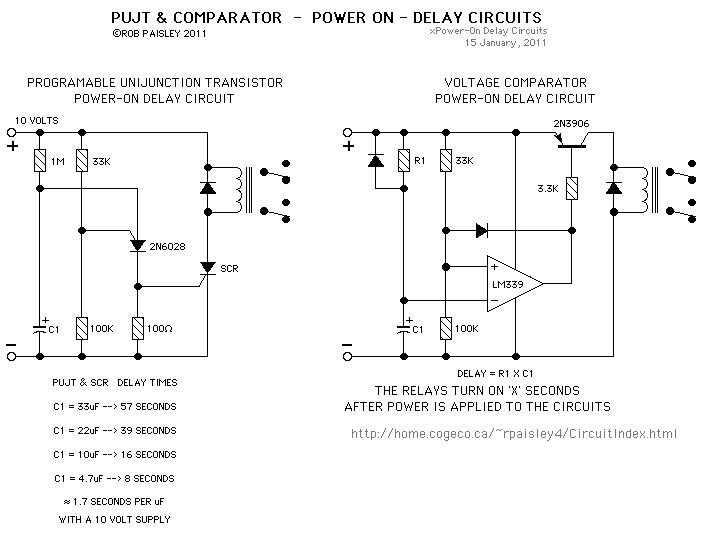

Current flows into the larger circuit and, consequently, the connected load.The magnetic field pulls the initial circuit into contact with the larger circuit.The electromagnet produces a magnetic field.The power activates the relay’s electromagnet.Operations involving these open relays typically proceed as follows:

Normally open relays are designed to be in the open position by default, which means the circuit is incomplete and the connected load(s) does/do not receive any power when there is no electrical input. The following article provides an overview of normally open relays, outlining what they are and their typical use cases. One of the most common ways relays can be classified is by their default position-i.e., whether they are normally open or normally closed. As such, they are available in a wide range of designs and configurations to accommodate the unique requirements and restrictions of the various applications. These devices are critical to the operation of numerous electrical and electronic equipment and systems, ranging from consumer appliances to industrial and commercial units.

This action may then produce a single output signal or multiple output signals, affecting one or several circuits-and, consequently, one or several connected loads-depending on their configuration. The input of electrical current activates the electromagnets, forcing them to open or close the existing electrical circuit with regard to their rest state. Relays are electrical switches that rely on electromagnetic mechanisms to convert small electrical inputs into larger outputs.


 0 kommentar(er)
0 kommentar(er)
